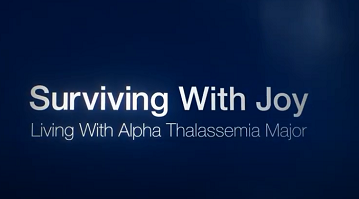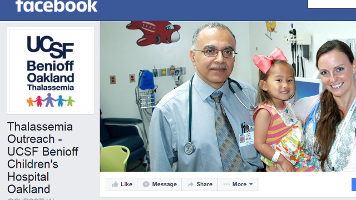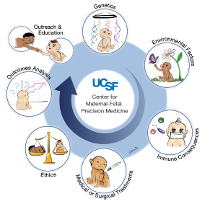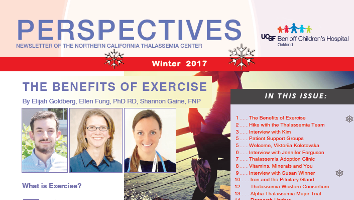IRON OVERLOAD AND CHELATION THERAPY
Patients with significant iron overload
Some patients have particularly high iron loads, a high presence of cardiac iron, or other organ toxicity that may require more aggressive treatment. There are many ways to approach these patients, and treatments need to be tailored to achieve reduction of iron in a way that is acceptable to each patient. With the availably of several chelators, a number of new approaches have been suggested. There is no extensive experience with any of them. Some are presented below.
High-dose, continuous deferoxamine
An aggressive chelation regimen is recommended when liver iron is greater than 20 mg/g dry weight, or cardiac T2* is less than 20. A higher—but not a toxic—dose of deferoxamine is recommended. Intensification of treatment can be accomplished by administering continuous intravenous deferoxamine (via a central intravenous line, if possible) in the hospital or in an outpatient/day unit. A minimum of 72 hours continuous, one to two times a month, in addition to regular use of subcutaneous deferoxamine has been recommended to increase iron removal. The continuous regimen alone may control liver iron concentration but will allow development of cardiac iron. Intravenous treatment is given at 50 to 100 mg/kg per day (with a maximum dose of 6 g per day). This regimen should be continued until the ferritin level is less than 2,000 ng/mL on two consecutive occasions. Alternative regimens include daily intravenous administration of deferoxamine, or continuous deferoxamine via percutaneous line or an indwelling venous access device. In all such treatment, high-dose, continuous treatments require careful monitoring for signs of toxicity.
Combination therapy: deferoxamine and deferasirox
Combination therapy of deferoxamine and deferasirox is presently being studied in North America. In over 30 patients followed for over one year, combination therapy appeared safe and effective in lowering body and cardiac iron. Larger multicenter trials are now underway.
Combination therapy: deferoxamine and deferiprone
Combination therapy with deferoxamine and deferiprone is increasingly being used worldwide. Treatment protocols include both sequential and simultaneous administration of both drugs. Pilot studies show that sequential therapy (for example, three days of deferoxamine and four days of deferiprone) appears to improve compliance and maintain iron levels. Simultaneous therapy (both drugs daily) improves cardiac function better than either drug alone. Careful monitoring for increased side effects is imperative.














